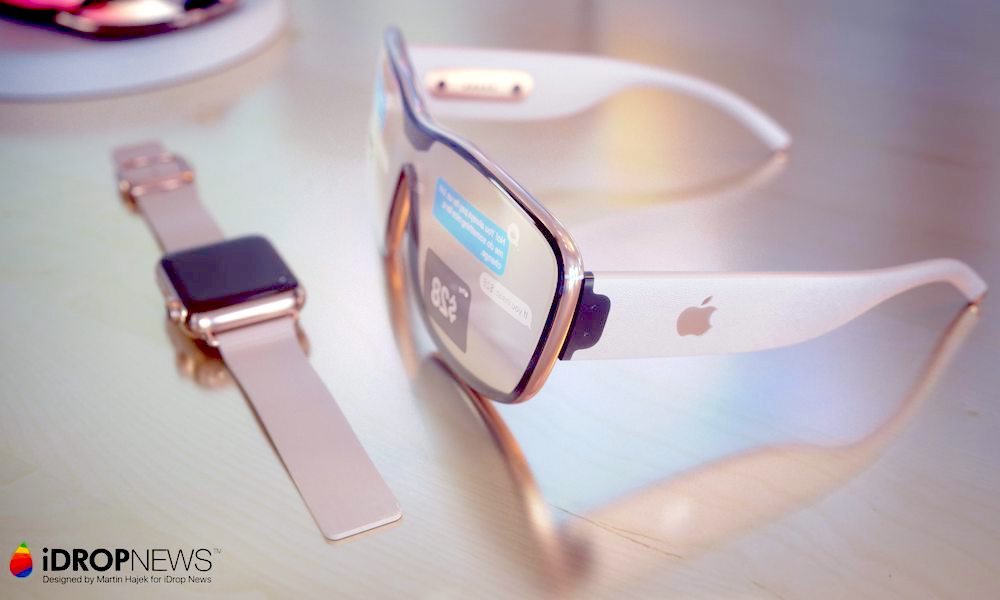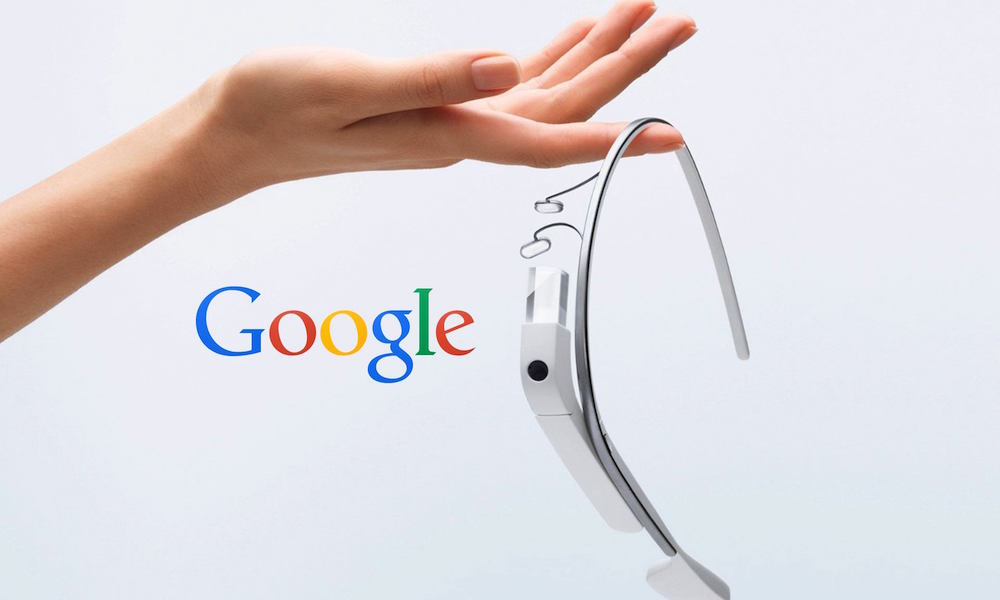Can Apple’s AR Glasses Survive Where Everyone Else Has Failed?
 Credit: iDrop News
Credit: iDrop News
Apple Glass Concept Images Copyright 2018, iDrop News. Attribution required
Toggle Dark Mode
Ask any well-connected industry analyst where they think the future of technology is headed, and chances are they’ll give you a quick run-down on the burgeoning field of augmented reality (AR).
Unlike our traditional realities, as experienced via the human senses, AR represents a fast-growing field in the tech space where software generated images are superimposed over an individual’s view — thus enhancing their worldview and allowing for more hands-on interaction with digital objects in their environment.
While we’ve seen a number of AR products hit the market in recent years, the majority of them have taken the form of eyeglasses, spectacles, and/or headset/mask-inspired eyewear designed to effectively blanket over our natural vision with an intelligent and interactive layer of software. For practical example, individuals could wear a pair of AR specks through which, if appropriately equipped, they’d be able to view turn-by-turn driving directions through one or both lenses via their smartphone.
Some current and previous attempts to capture a slice of this very young market include devices like the pricey yet sophisticated EPSON Movierio headset; the much bulkier, more advanced yet all-around capable Microsoft Holo Lens gaming headset; as well as the more sleek, promising, yet doomed devices like the $1,500 Google Glass AR headset.
Google’s Glass Ceiling?
Back in 2013, after years of speculation and rumored planning, Google opened up early pre-orders for its exclusive Google Glass AR headset to just a few thousand of the company’s I/O Developers.
Shortly thereafter, the headset entered limited-production for the general market — however at over $1,500 per pair, and amid far-reaching security concerns given the optical head-mounted eyewear’s inclusion of a 5 MP camera with 720p HD video recording, the original Google Glass never quite got off the ground running.
In January 2015, Google announced it would phase out production of the Google Glass prototype, and in July of last year announced it would continue selling a refreshed iteration of the glasses, dubbed the Google Glass Enterprise Edition, starting soon.
Since Google Glass, we’ve seen patents, renderings, and heard a number of rumors about what’s in store for the future of AR. Some leading tech companies, like Apple, have expressed their interest and intent of developing a robust AR headset along the lines of Google Glass, potentially as early as 2020.
Other firms, like Snap, Inc., however, have taken a dive straight into the deep-end with their bids to create powerful, proprietary AR hardware. Snap’s second-generation Spectacles 2 eyeglasses boasting limited AR support just launched recently for $130 .
How Apple Can Shake Things up
While most analysts are optimistic in their projections of a future powered by artificial intelligence and AR, it’s worth noting that markets are generally driven by certain key factors which buyers tend to consider before investing in new technologies.
- Former Piper Jaffray analyst and Loup Ventures founder, Gene Munster, prophesied in a recent research note that “Over the next 3-5 years, we envision a lose-lose situation for smart glasses: the sleeker they get, the better they look; but the sleeker they get, the more discreet they are.” “Beyond the early adoption period, we continue to believe smart glasses will be mainstream, driven by two factors: time and design,” Munster added.
- From a temporal perspective, Munster argues that as more and more people begin adopting new AR products, like Apple Glass, the more people in general will become accepting and open to the idea of wearing them on their faces in public. As AR technology and user experiences improve, resulting in cleaner, more powerful and aesthetically refined hardware/software designs, the potential for improvement will push tech-makers and design houses to deliver products that truly perform and appeal to more mainstream users.
- Another critical factor that may determine the rate at which AR eyewear is adopted will be its buy-in price. While it may have seemed lucrative to try hustling Google Glass for $1,500 a pop some 15-years ago, it’s clear now that was way too much for “mainstream consumers.” Depending on its capability and the presence of any advanced features like Siri integration, software and UI elements, it would certainly make sense for Apple to price its upcoming headset in the $200-500 range to attract as many users as possible.
Learn More: Inside Cupertino’s Upcoming Breakthrough Product – Apple Glass
Are you gearing-up to purchase an Apple Glass when it launches? Let us know in the comments!
[The information provided in this article has NOT been confirmed by Apple and may be speculation. Provided details may not be factual. Take all rumors, tech or otherwise, with a grain of salt.]







